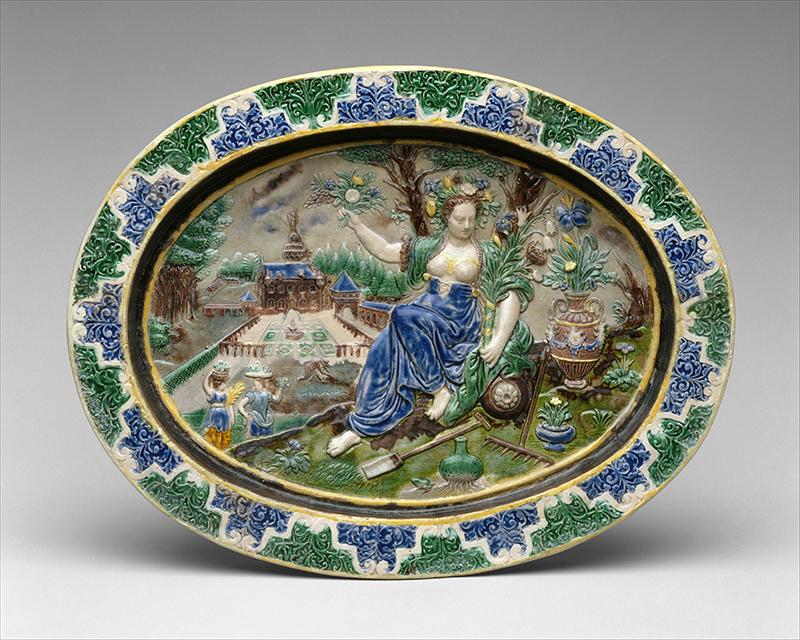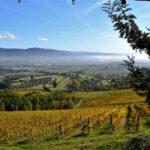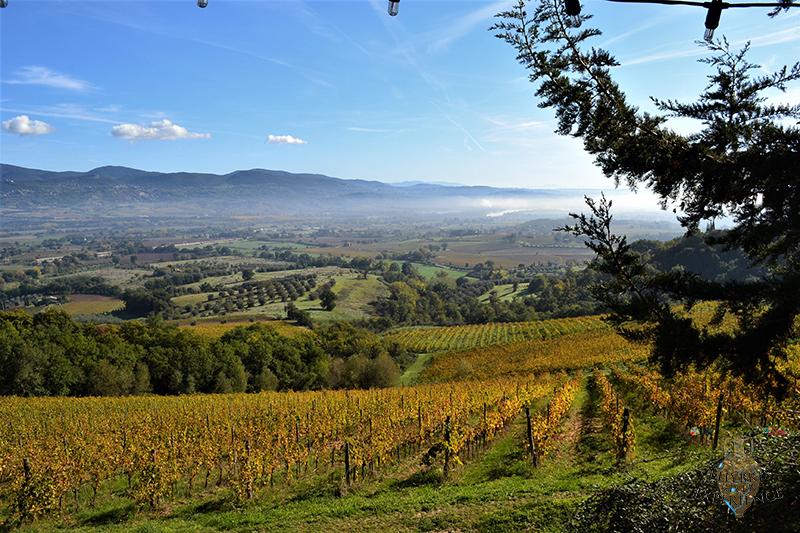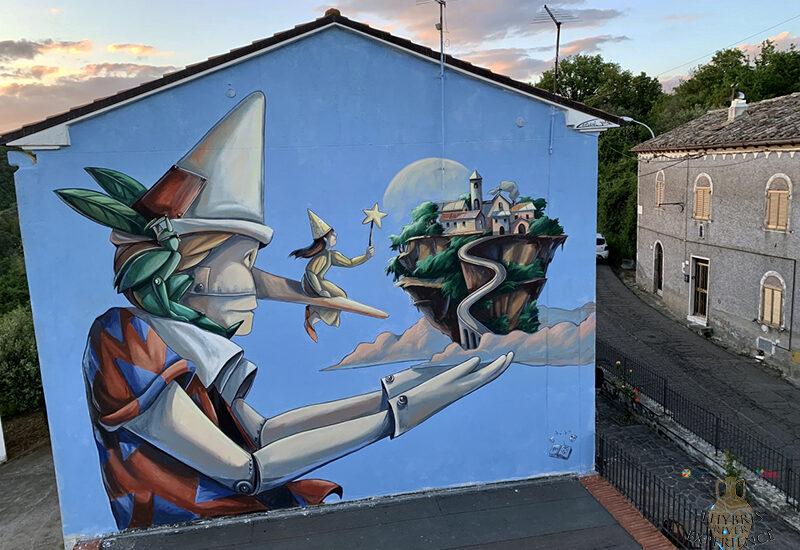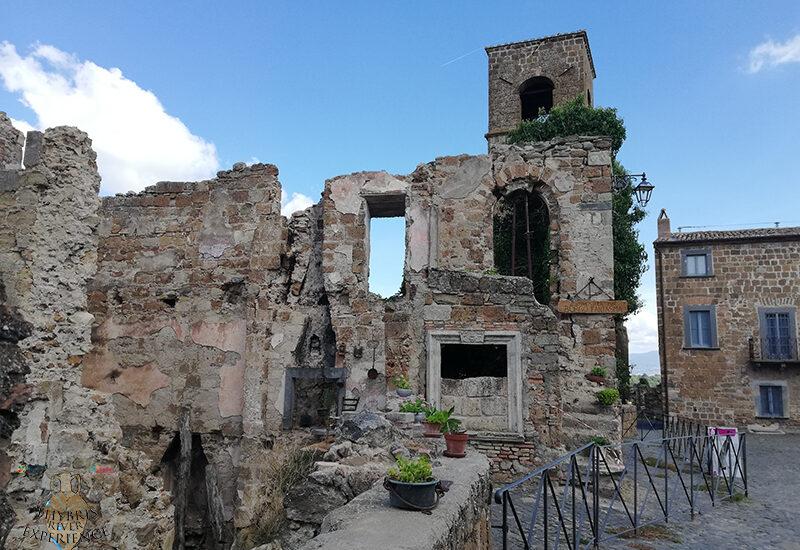Pomona a godness for volcanic guided tours
The goddess Pomona’s early appearance in Latin literature
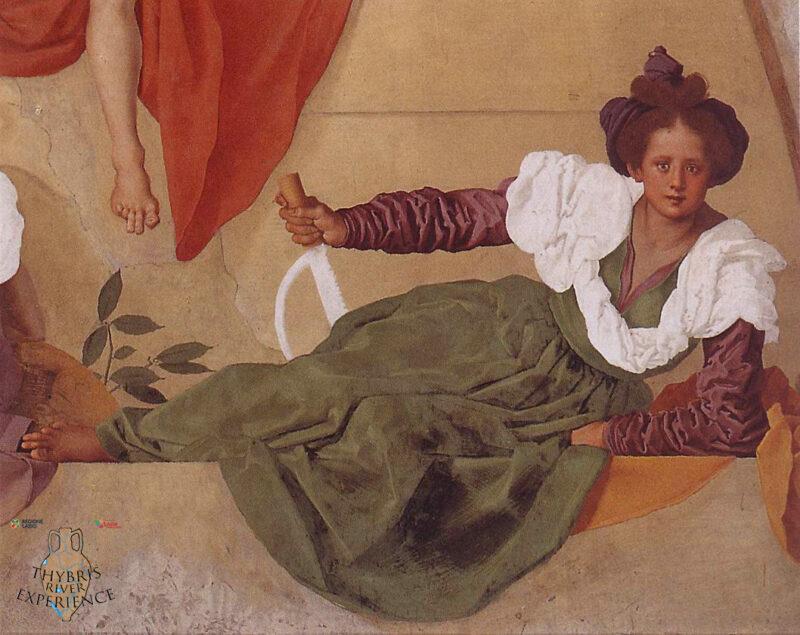
Maternal, fruitful, and generous, Pomona is a goddess that appears in Latin literature in the 1st century B.C. It’s not a deity fund of woods and rivers, she doesn’t let humans work hard to pick her fruits. Gaius Plinius Secundus, called Pliny the Elder, writes about her in his Naturalis Historia pointing at the medicine propriety of her grapevines, olive trees, and other fruit trees. From her most human pleasures depend. Ovid tells us her story and looks in the Metamorphoses (i.e. transformations), his most ambitious and well-known work, a source of inspiration for art through the centuries. She is somehow the symbol of a harmonic nature that hosts humankind with care, arriving to our days to be almost the personification of a green approach to the planet.
Her symbols, attributes, and associates in the history
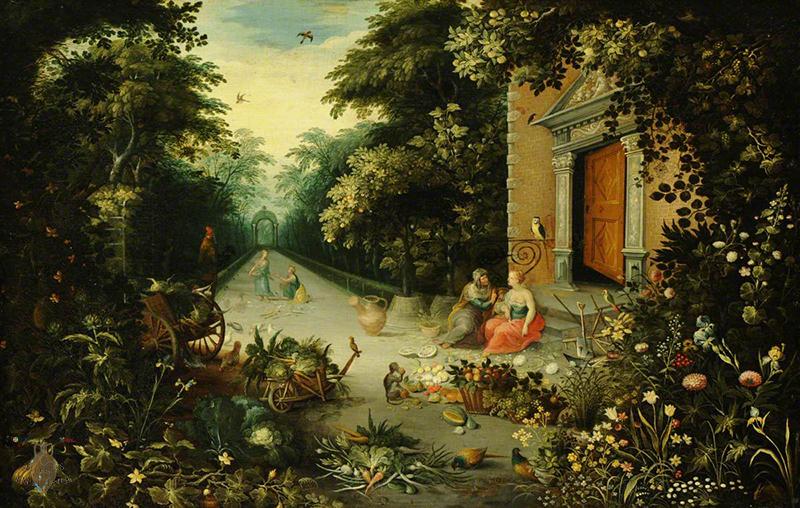
Her attributes define her world and sphere of influence and liaisons. On one hand, she has a drinking horn watering the plants, and on the other a sickle to clean the garden from weeds. This last element connects her with Ceres, the ancient Latin goddess of agriculture, cereals, and motherly relations. The other element that matched the two goddesses is the pomegranate whose seeds were thrown on the soil as a ritual to secure prosperity. Often Pomona was depicted with a cornucopia too, a large container shaped like a horn, also called the horn of plenty, overflowing with fruits and flowers. This is a typical attribute of the goddess Bona Dea, Fortune, and Pales which is supposed to have protected shepherds and herds. In particular, this last goddess, supposed to be one of the oldest, gave the name to the Palatine hill and the legend tells that on the day of her feast, April 21st, the city of Rome was grounded upon this hill.
A volcanic deity with her dedicated priest
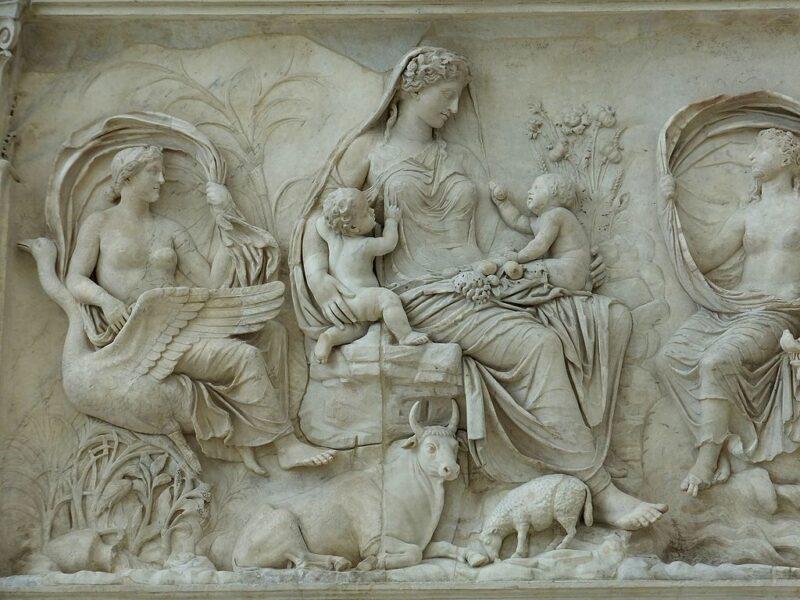
Another strong connection is with Tellus, a so-called ctonia deity which means that she is connected with the underground world. Tellus is the earth deity responsible for the deaths and protection from earthquakes. Representing one of the most archaic worries of early society survived also later and we can admire probably one of her representations on the Altar of Peace, in Rome, inaugurated by the first Roman Emperor, Augustus in 9 B.C. Many of her aspects influenced the sphere of Pomona who had her temple on the 8th mile along the consular road Ostiense, where today there is the huge Presidential estate of Castel Porziano and had dedicated a minor priest, called Flamen Pomonalis.
The complicated love courtship of an interesting goddess
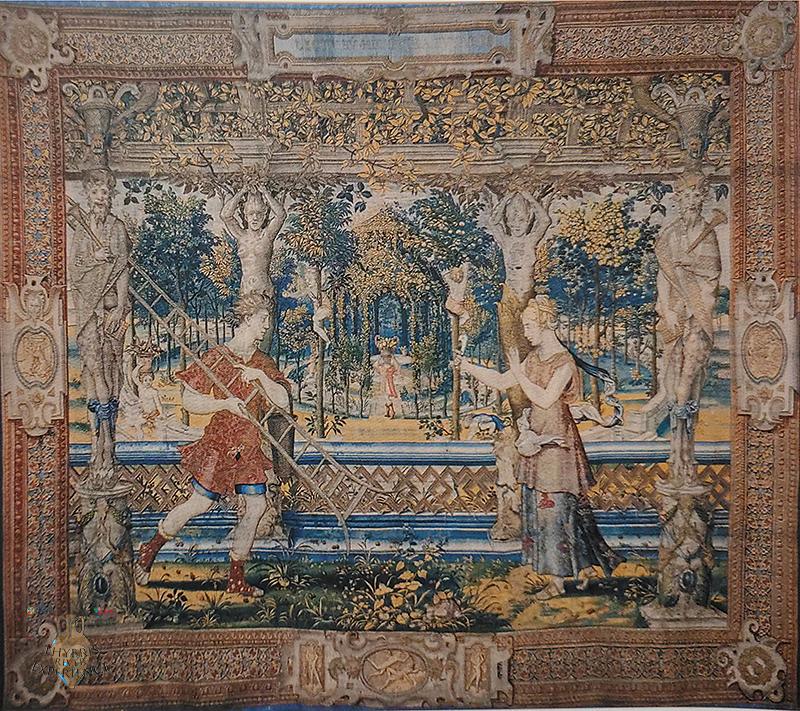
The legend wants Pomona to always have worked hard to make her trees more generous, and her plants’ healing power greater. So she was not concerned with earthly matters nor with love but one day the god Vertumnus fell in love with her. He was the powerful deity of cosmic rhythm, of transformations and seasons but she didn’t notice him. He used all his tricks to conquer her heart, transforming himself into a warrior, a gardner, and a fishermen, but nothing seemed to interest her besides her trees and plants. Then, he got an idea: he transformed himself into an old lady and entered the sacred area of Pomona. The lady told her a story of the desperate love of Vertumnus and how in a similar case the refusal of the nymph Anassarete caused the suicide of Ifi. The story worked and Pomona loved him back.
The Middle Ages, Pomona, and the enclosed garden
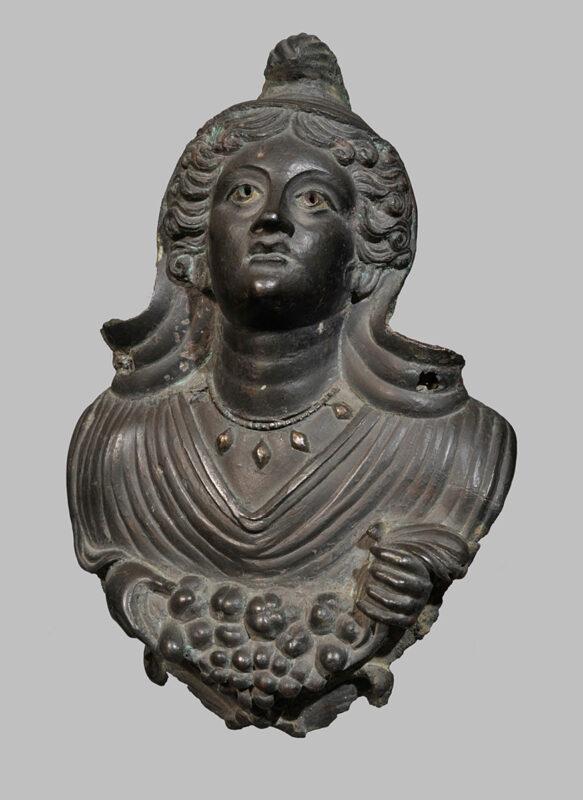
Bed decoration in bronze with bust of the goddess Pomona from Herculaneum
1st century AD Museo Archeologico Nazionale di Napoli
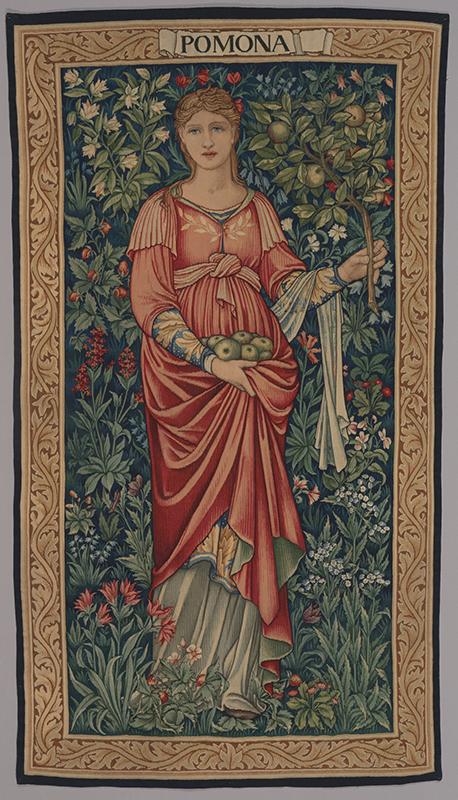
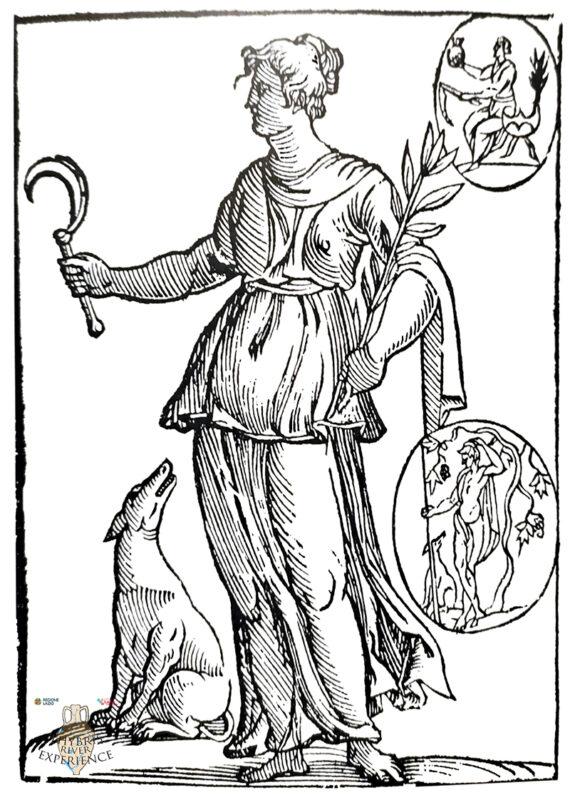
The beautiful legend and the idea of this couple so connected with nature were lost during the Middle ages when the word malus, i.e. apple tree, became directly connected with the word sin. It’s Giovanni Boccaccio that gives Pomona a rebirth including her in one of his stories. We have there the description of her garden, one of the best of a Medieval garden we got: with geometrical shapes, ordered flowerbeds, perfectly tamed aromatic plants, four alleys meeting in the center where a fountain works, all protected by high walls as in the so-called Hortus conclusus (i.e. enclosed garden). This type of garden was the model of the time being quoted also in the Bible and has become somehow the symbol of Mary’s womb.
The triumph of Pomona and Vertumnus in the Renaissance
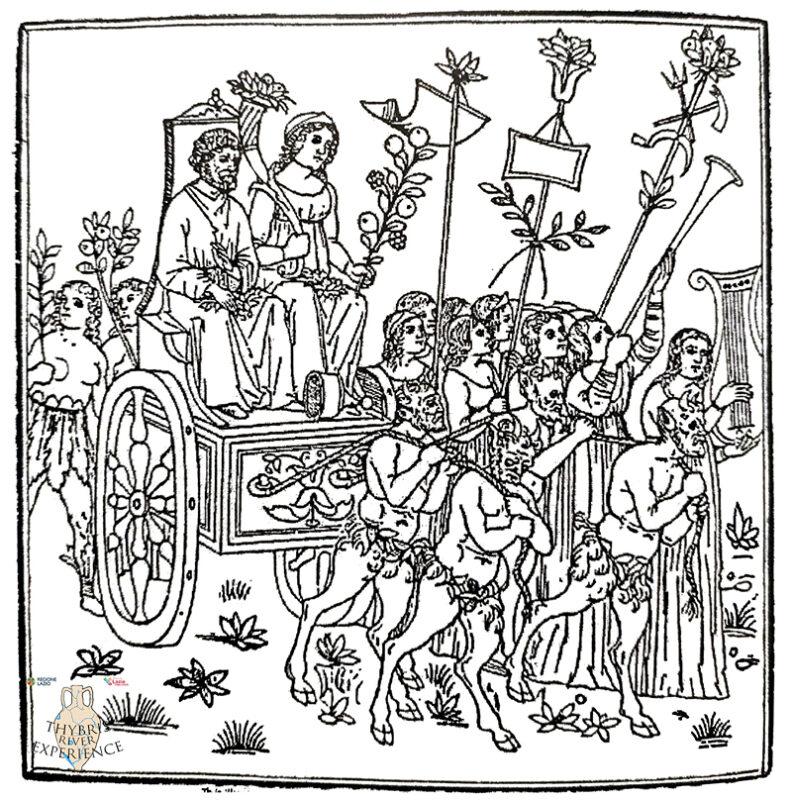
To see a real triumph of Pomona we have to go to the Renaissance period when all the pagan divinities were recuperated on a metaphoric level into the Neoplatonic vision of the world. The book Pictures of the Gods of the ancients (in It. Le Immagini Degli Dei Degli antichi) by Vincenzo Cartari was perhaps the most influential manual of its kind for painters and artists in general. The book was translated into three languages and saw fifteen editions. There it’s explained that the ancients believed first in nature as a goddess and then started to multiply the deity to identify her different aspects. The idea of Pomona raises as the goodness of the garden, that one made also of healing plants that heal also nature. Practically, the concept is a modern one previewed also by Hildegard von Bingen who wrote Natural history or Book of simple medicines.
A new intellectual and philosophical dimension for the fruits deity
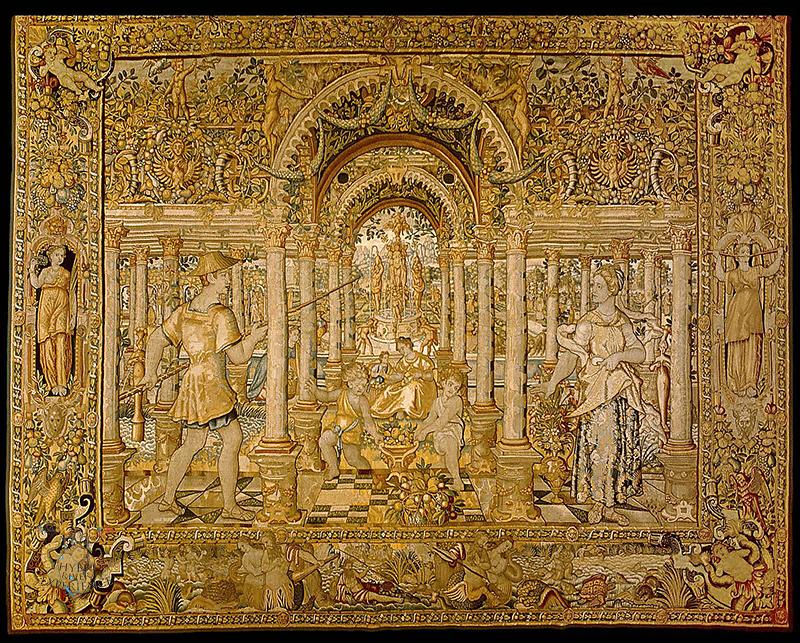
In this years, the cycles involving Pomona matched with Venus, the goddess of Love, are being realized: the house of Pius IV in the Vatican, Botticelli’s Spring, the Medici Villa in Poggio Caiano, the castle Melegnano among others not to count the etching paintings and tapestry across Europe. The goddess of the garden lives with her faithful Vertumnus in the kingdom of Venus in the Hypnerotomachia Poliphili, the first cryptic allegorical romance of the Renaissance. This literary work was the source of inspiration for artists and architects. It’s a pilgrimage through a magic garden: a suspended world, full of symbolisms, but similar to the Villas of the Medici family where the itinerary of Polifilo looking for his love Polia, the holy knowledge, takes place. We are not in the kingdom of agriculture anymore with a variety of products or herbal essences, but the sanctuary of nature, a place to research the principle of all things, a philosophical ground, and a mental dimension.
Human seasons, transformations, and a possible golden age
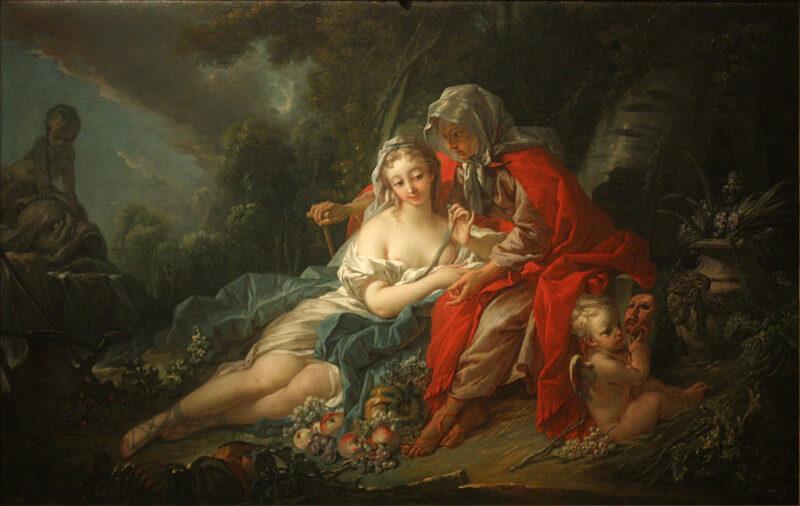
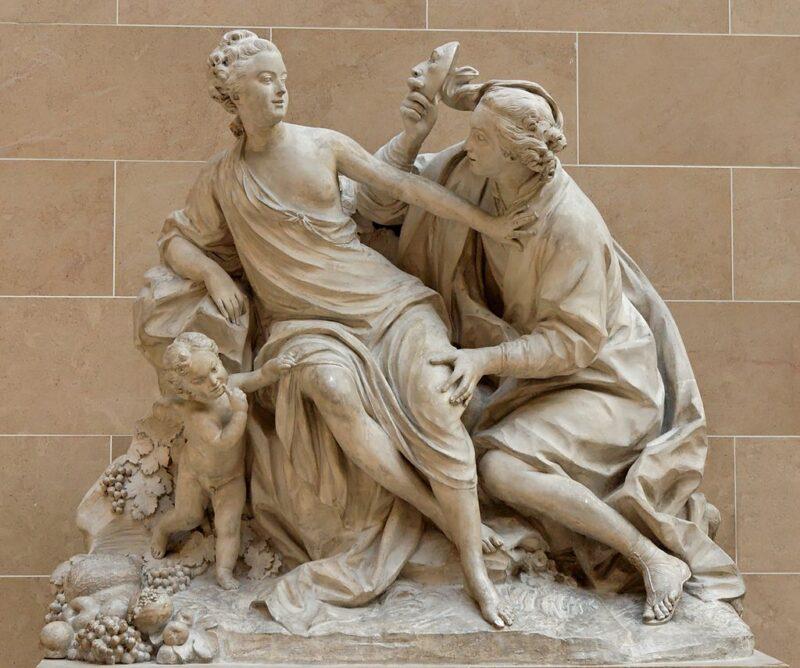
Pomona and Vertumnus by |Jean-Baptiste Lemoyne the Younger 1760 – Louvre – photo by Jastrow via Wikimedia
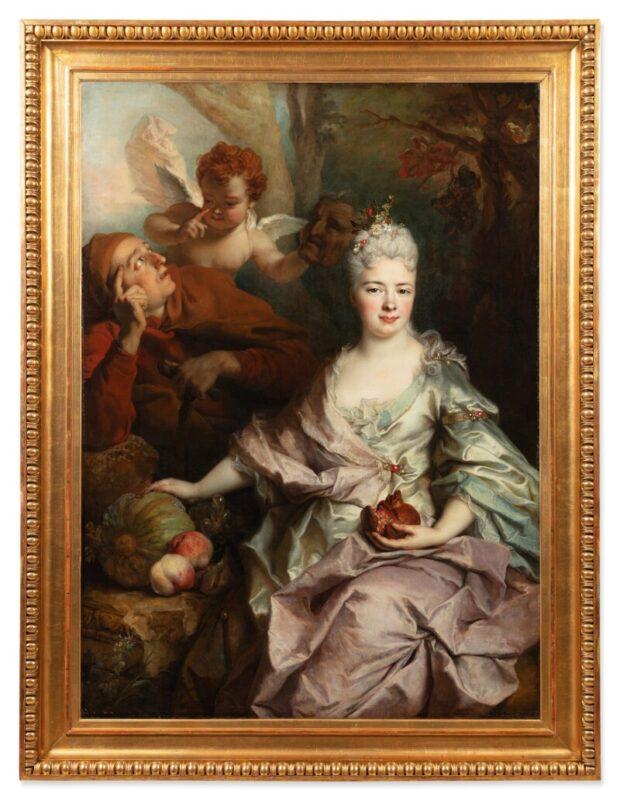
Portrait of a lady as Pomona, traditionally identified as the Marquise de Parabère by Nicolas de Largillière
Photo by Sothesby
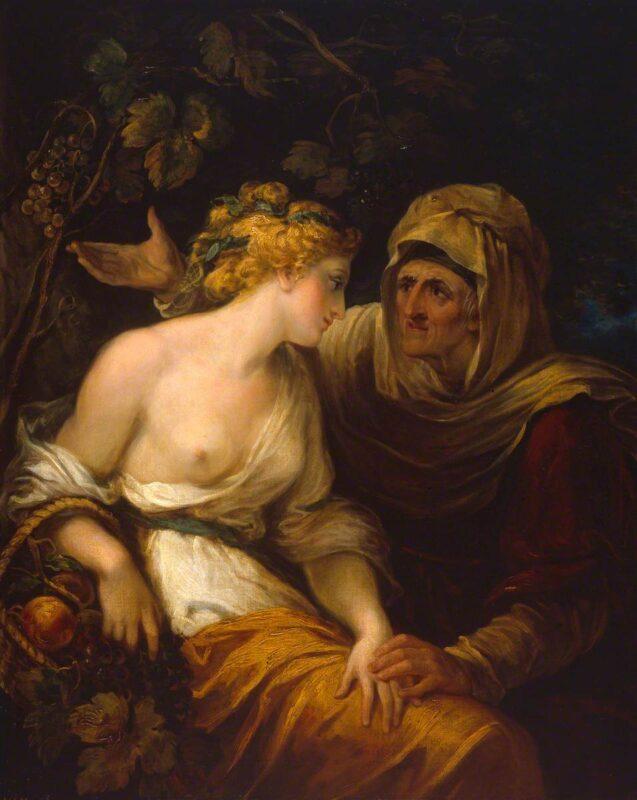
Pomona is the human harmony with nature, a personification of the approach we should have to the planet. There is a necessary transformation that humans have to make to be healed and heal as Ovid already pointed out in the 1st century B.C. Most of the human pleasures still today depend on nature not to point to the medical proprieties that Pliny the Elder underlined. Pomona represents the cultivated garden that offers its fruits and aromatic plants without the hard work of men who have only to look up at the sky to pick up what they need or wait until it falls on the ground. Maternal, fruitful, and generous, Pomona is a goddess that appears today as the lost age or the future golden age we should strive for.
